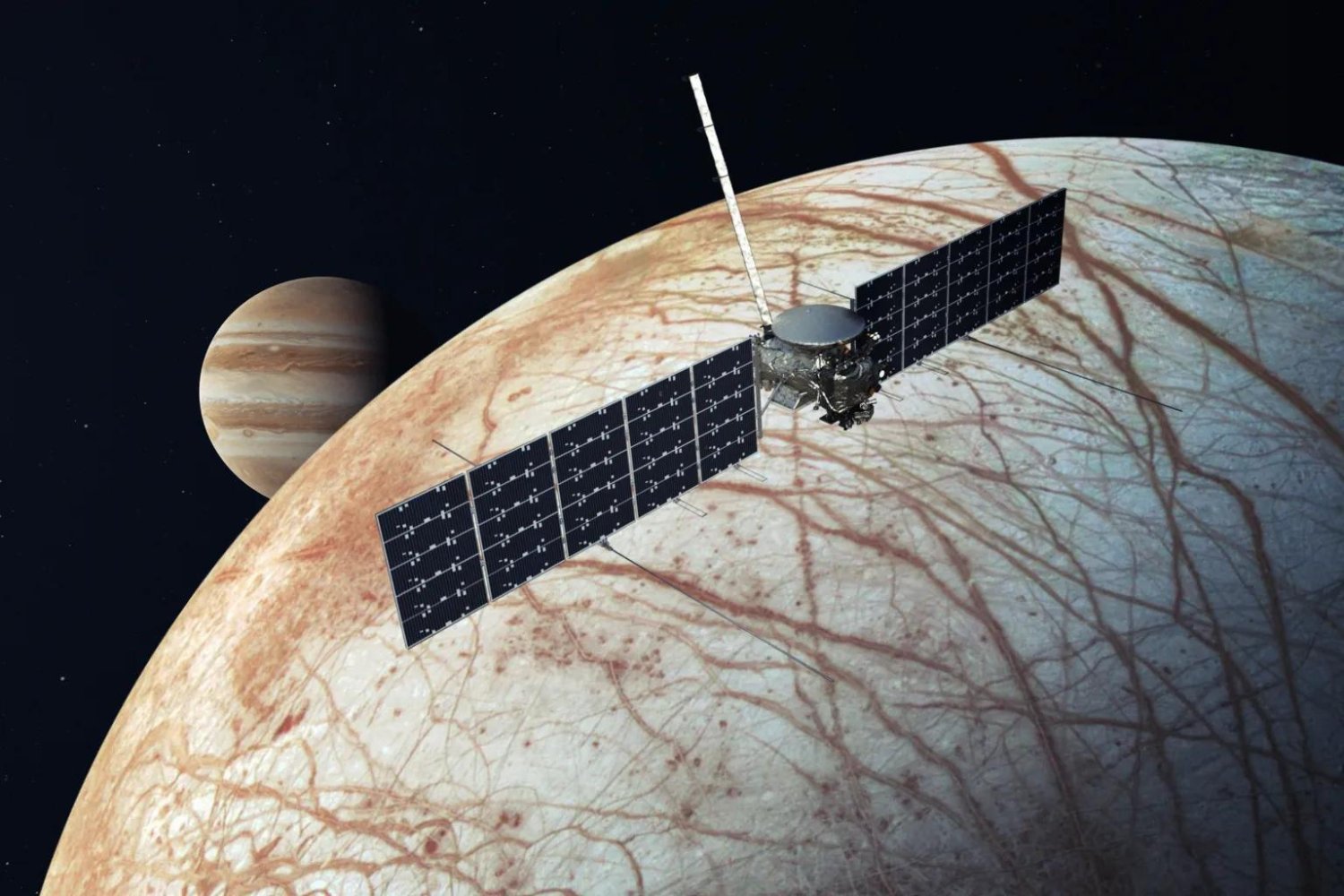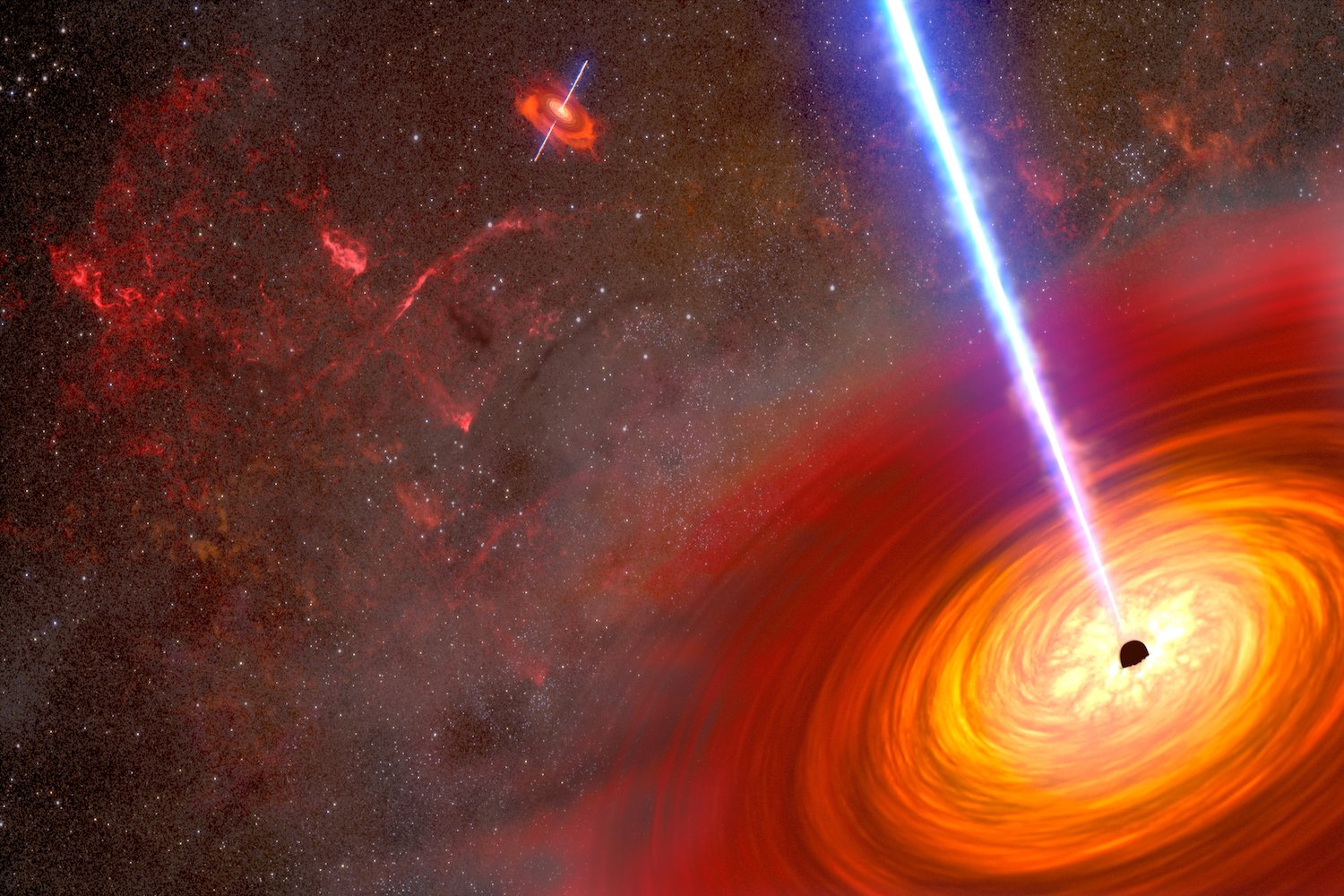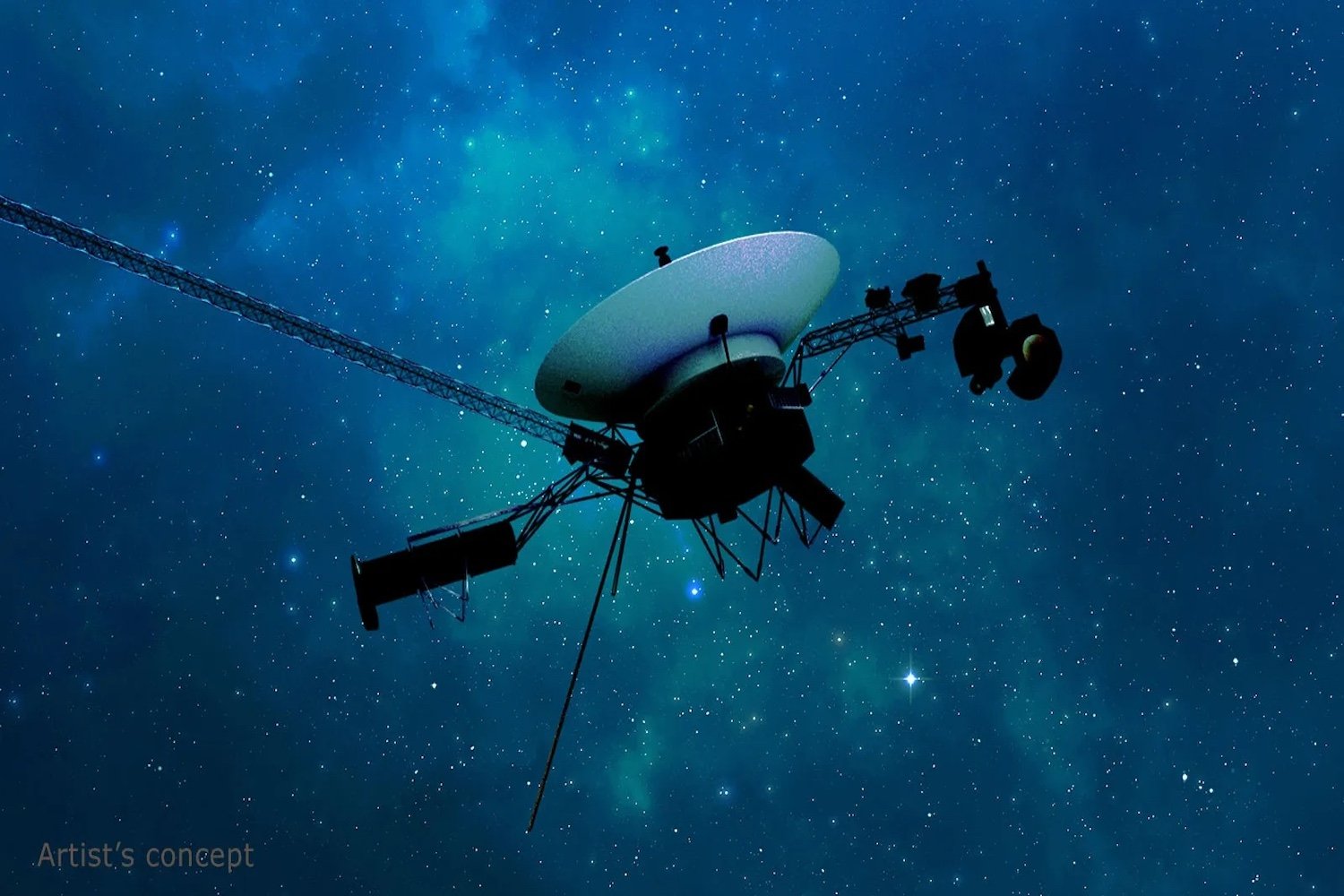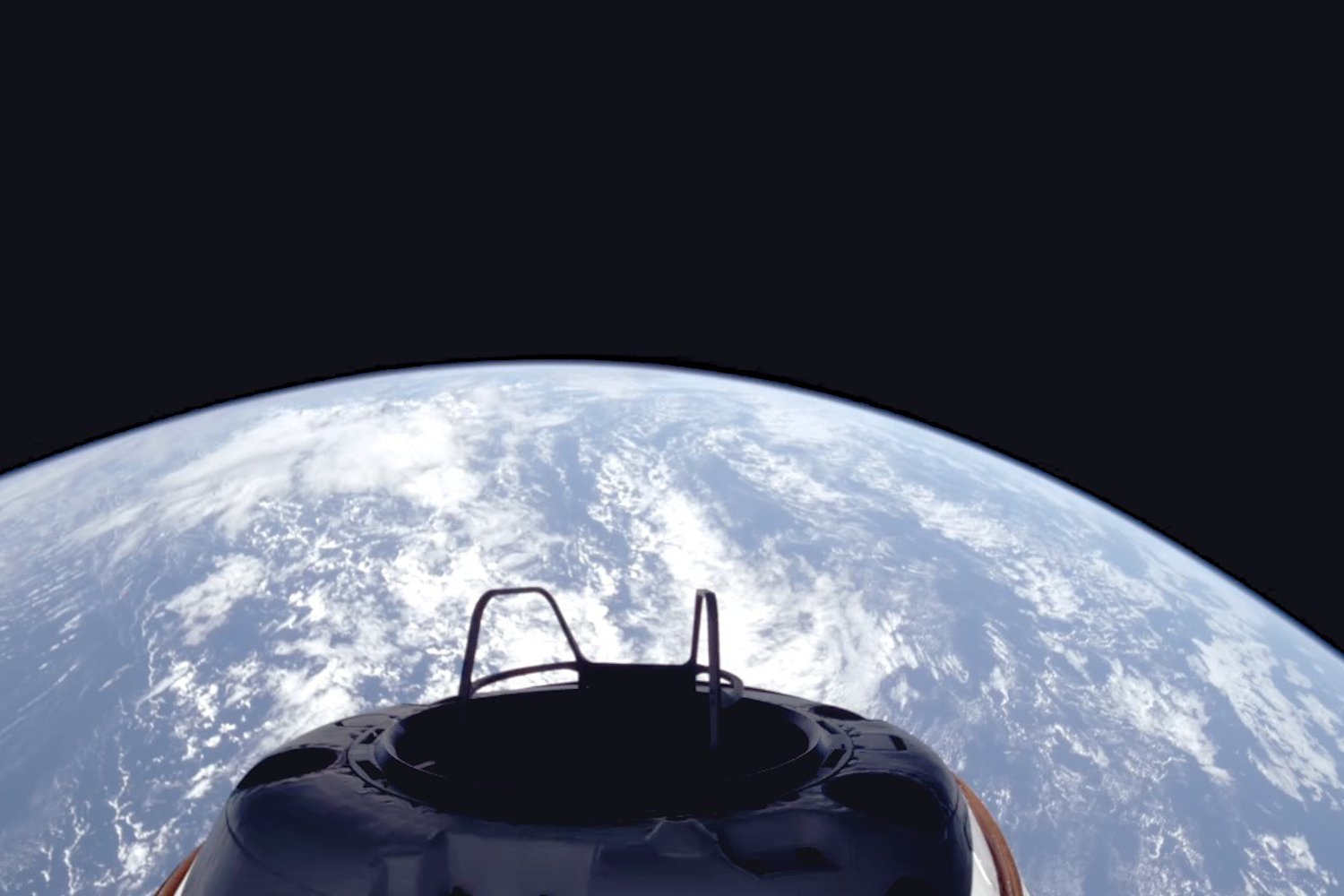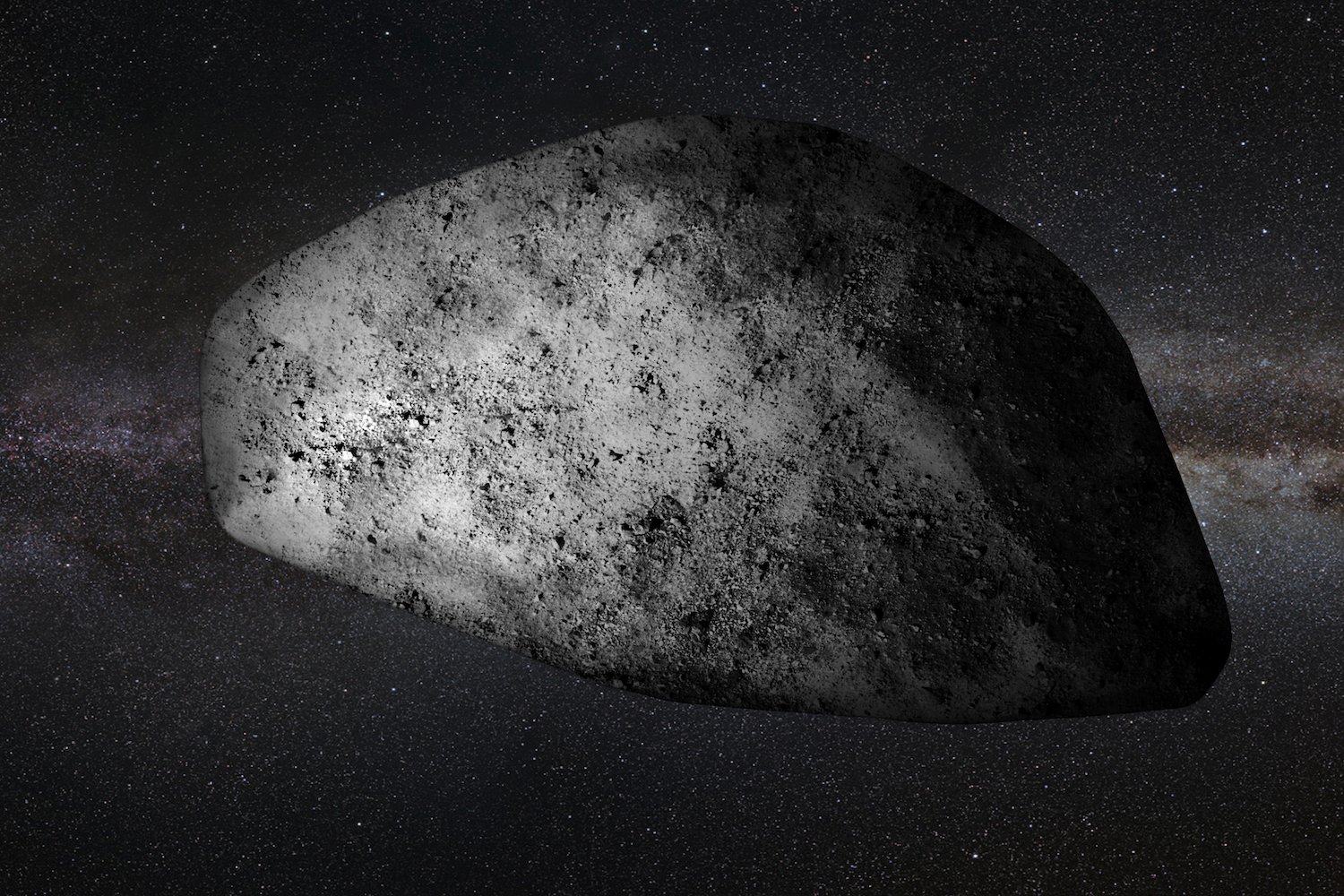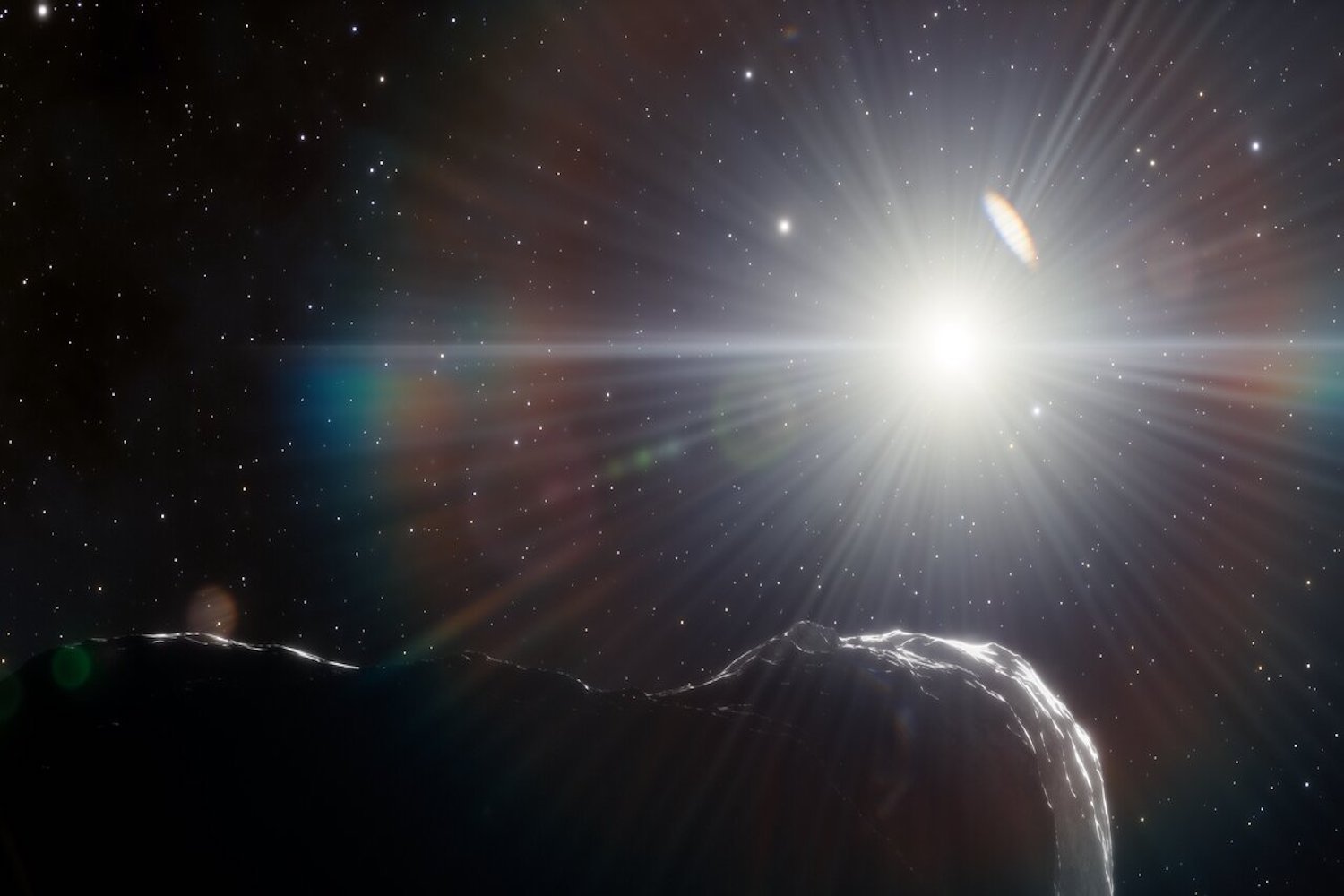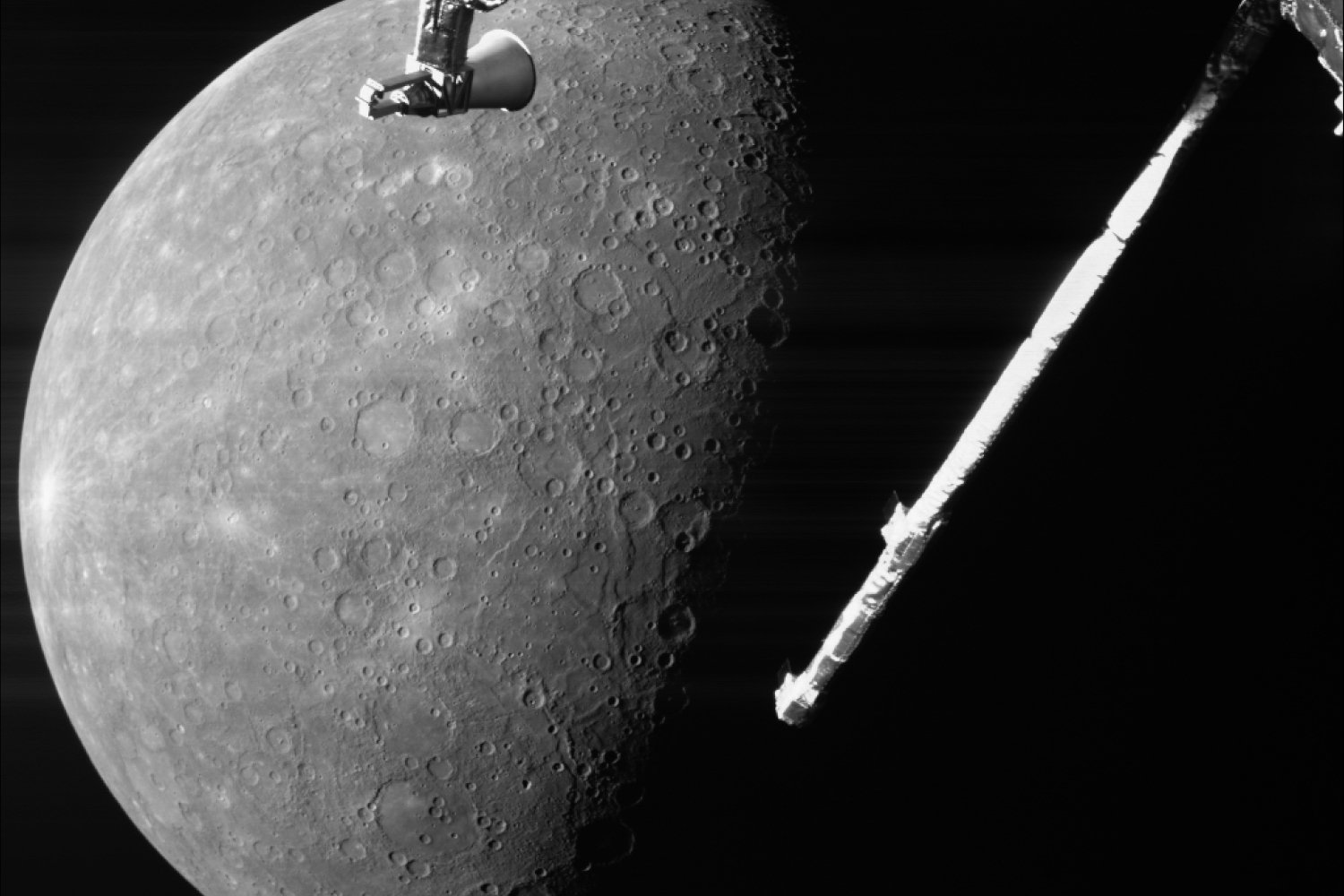NASA has confirmed the Europa Clipper spacecraft will launch on October 10 aboard a SpaceX Falcon Heavy rocket. This exciting mission aims to investigate Jupiter’s icy moon, Europa, and explore the possibility of life beyond Earth. The launch date was briefly in question after concerns arose in July regarding the spacecraft’s transistors and their ability to withstand the harsh radiation environment of Jupiter. However, after rigorous review, NASA engineers determined that while the transistors will degrade, the three-week intervals between Europa flybys will allow them sufficient time to recover.
Investigating Europa’s Potential for Life
The primary goal of the Europa Clipper mission is to determine whether Europa could support life. While the spacecraft won’t be searching for life directly, it will gather crucial data to assess the moon’s habitability. Europa is believed to harbor a vast subsurface ocean of salty liquid water, a key ingredient for life as we know it. The gravitational pull of Jupiter creates tidal forces within Europa, generating heat that could potentially provide the energy needed to sustain life.
Joining Other Missions in the Jovian System
Europa Clipper will join other missions in exploring the Jovian system. The European Space Agency’s JUICE (Jupiter Icy Moons Explorer) mission is already en route, focusing on three of Jupiter’s icy moons, including Europa. While NASA’s Juno mission has been studying Jupiter for the past eight years, it is scheduled to end in 2025. There will be a gap in Jovian observations before Europa Clipper and JUICE arrive, but these new missions promise to provide unprecedented insights into Jupiter and its moons.
Europa Clipper’s Instruments and Orbit
Equipped with a sophisticated suite of instruments, including imaging systems, a magnetometer, and spectrometers, the Europa Clipper will collect extensive data about Europa. The spacecraft will orbit Jupiter, performing 49 close flybys of Europa, some as close as 16 miles (25 kilometers) from the surface. This close proximity will offer unprecedented views of the moon’s icy crust and provide valuable information about its composition and potential for harboring life. The Europa Clipper is expected to arrive in the Jovian system in April 2030.
Uncertain Future for Flagship Missions
Despite the anticipation surrounding the Europa Clipper launch, the future of similar flagship missions remains uncertain. A recent report by the National Academies of Sciences, Engineering, and Medicine highlighted challenges facing NASA’s long-term goals. The report identified outdated infrastructure, short-term objectives, inefficiencies, and reliance on industry partners as potential obstacles to future missions.
Conclusion
The launch of Europa Clipper marks a significant step in the quest to understand the potential for life beyond Earth. While challenges lie ahead, the mission promises groundbreaking discoveries about Jupiter’s icy moon and its potential to harbor life. The data gathered by Europa Clipper will be invaluable in furthering our understanding of astrobiology and the search for life beyond our planet. We eagerly anticipate the spacecraft’s arrival at Jupiter in 2030 and the exciting discoveries that await.



